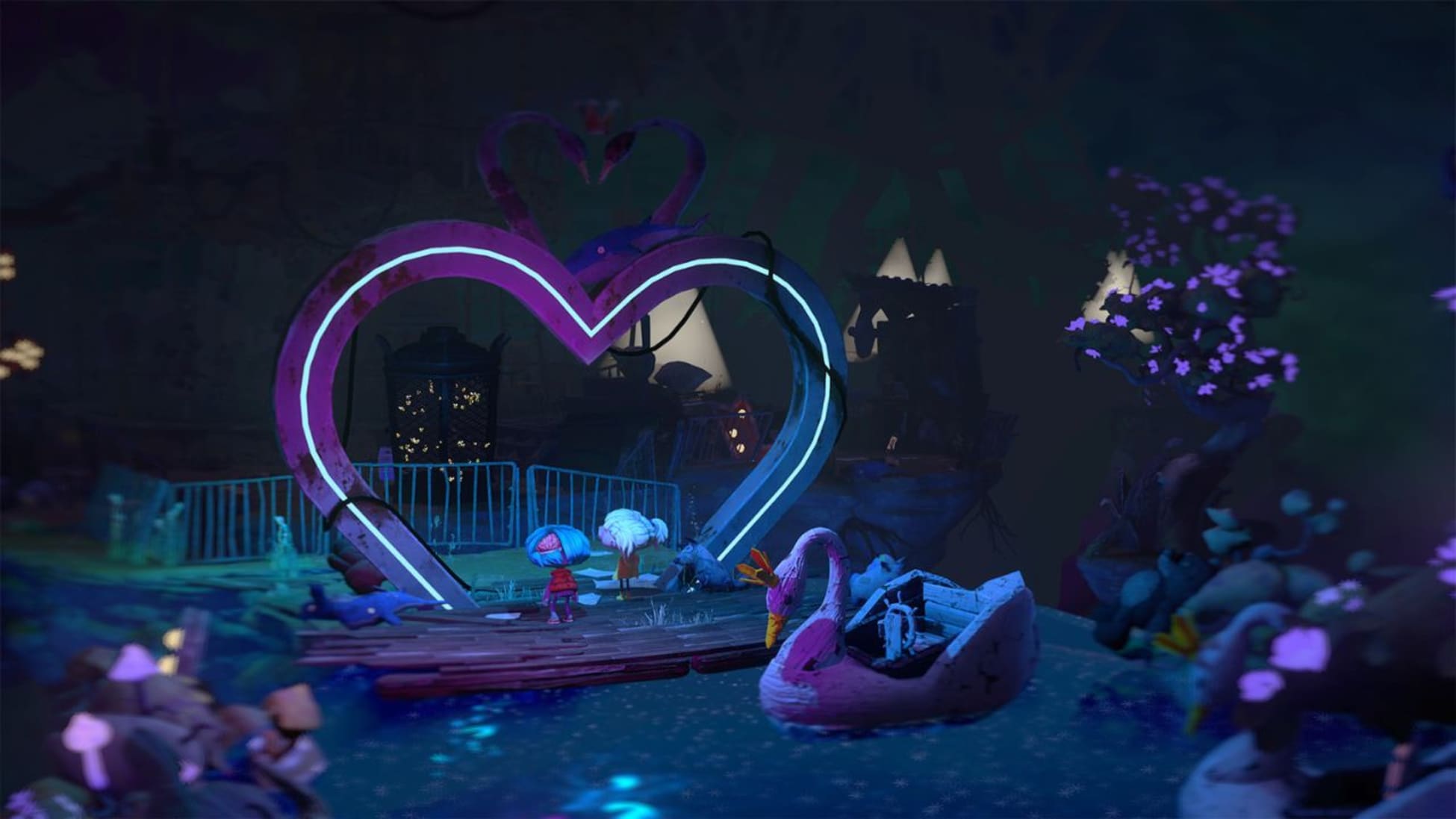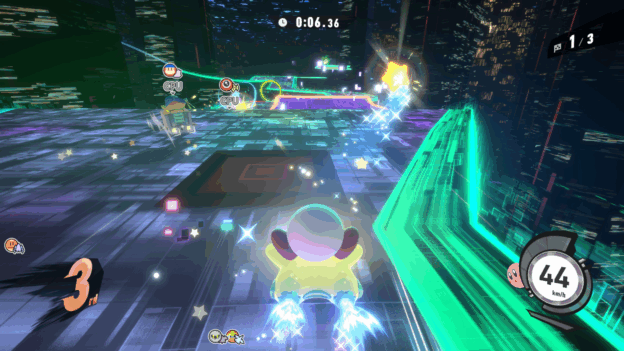Review: Terra Nil (Nintendo Switch)

A game with a simple approach to a provocative and serious issue, Terra Nil charges you with terraforming a ruined planet Earth so that its natural biodiversity can reemerge. It consists of four replayable levels that take place in a different global environment, each of which has been utterly ravaged by disaster.
Each map has a number of different kinds of plant and animal life that can thrive there if you manage to restore the appropriate conditions. The tools available to you are tailored to each region and the work required there. Your first task is to purify the poisoned earth so that it is capable of supporting life again. Then, you have to nurture specific habitats to coax wildlife back to the region.
To pass any given map, you have to fully remove the toxins from the earth, fill the biome with set percentages of the different terrains you need to recover, and restore three of the six possible animals that can live there. There are also a number of optional challenges you can meet to boost your score.
Terra Nil does not hold your hand when it comes to instructing your progress. You are given a handbook with some key facts about the tools you have to use and the plants and animals you are trying to restore. But you have to work out the relationships between them largely on your own.
Some steps may even seem counterproductive. In at least one map, you have to set up certain conditions specifically to burn down huge swathes of woodland so that you can nurture new life in the ashes. It becomes technical and specific and requires you to strategically plan out your choices to reach your end goal without cluttering the map with so many machines that there isn’t space for the full spectrum of biodiversity you’re aiming for.
Once you have completed all four maps, new ones appear in each region. These are trickier, as they come with the same tools you used originally, but often with new problems, as well. You have to think creatively to figure out how you can use only the resources available to you to encourage the right life to flourish in a way that it can exist in harmony. In this way, Terra Nil has a decent amount of replayability. It offers new, randomly generated maps that require different approaches to terraforming with increasing finesse to optimise the necessary balance,
You aren’t given the context behind the destruction of the planet. However, there are lots of clues for you to interpret. While natural disasters could explain the state of each region, it is heavily implied that it is humanity’s impact on the world that has caused such trauma.
The final level in particular is profound and moving to experience. It is a ravaged city with enormous blocks of concrete that you physically cannot remove, so they remain in the way of your restoration efforts. It is also plagued by toxic gasses that you can only do so much about. At the end of each level, you leave the habitat to exist harmoniously without human presence. In the last one, you leave in a spaceship, indicating that mankind has fled the Earth and finally left it to the creatures that don’t destroy it.
This gives Terra Nil a melancholic sense of hope. A lot of these scarred, barren wastelands are hauntingly similar to manmade disasters that already exist on Earth. The maps you play are a terrifying glimpse into a future that may well await the environment if people, governments, and corporations don’t start taking climate change seriously.
And they take a lot of work and intelligence to fix. While it’s not hugely difficult to get a satisfying map with some effort, it is very hard to 100% restore the possible biodiversity. You’ll likely not restore all six animals to each map because the balance required is so delicate. While 93% is an impressive improvement, Terra Nil makes it clear that fully undoing the damage that humanity has caused to the planet is no easy feat. But if we start taking environmental issues seriously—and soon—it is possible.







